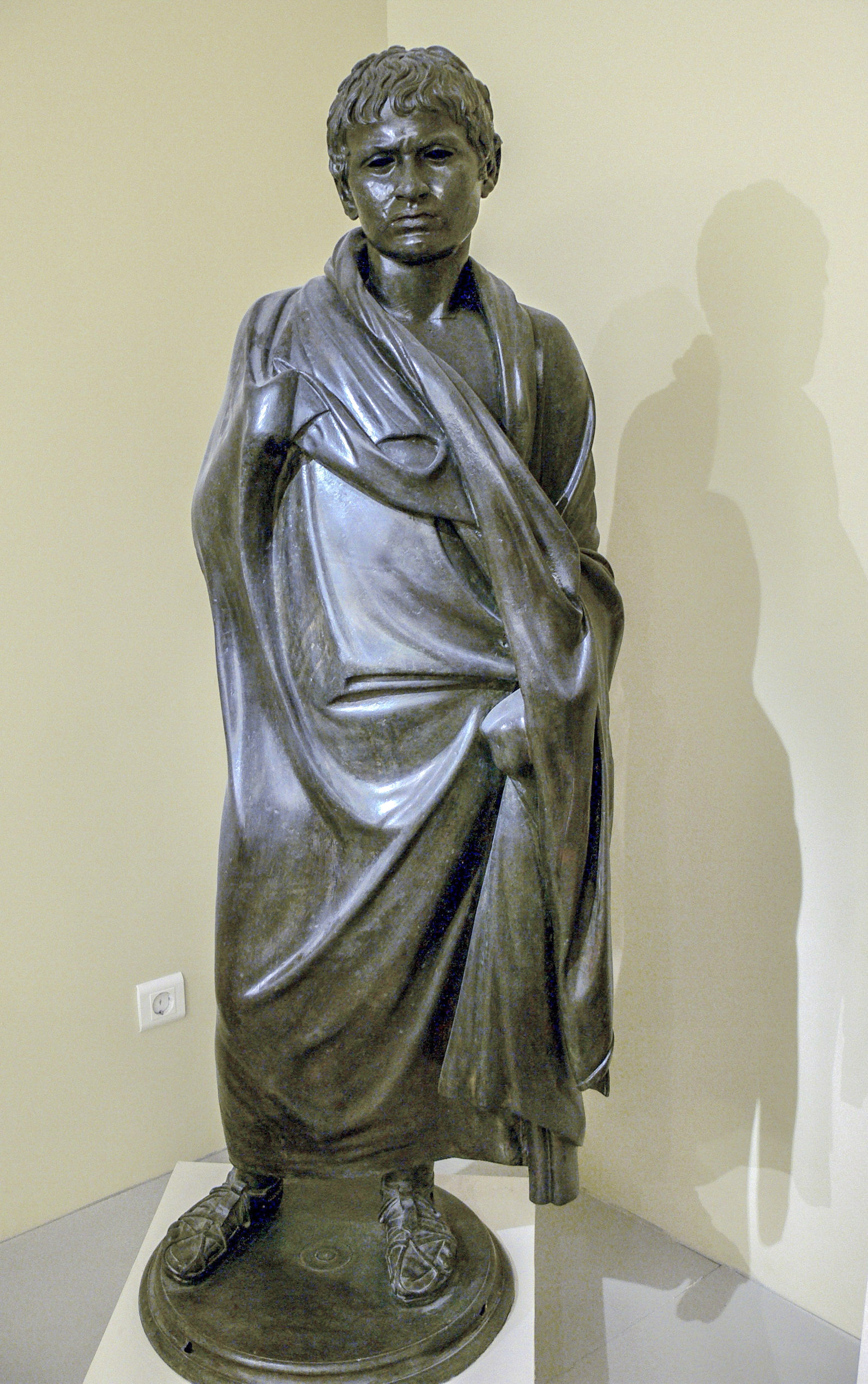Hierapytna on:
[Wikipedia]
[Google]
[Amazon]

 Hierapytna ( grc, Ἱεράπυτνα or Ἱερὰ Πύτνα), also Hierapydna (Ἱεράπυδνα), Hierapydnes (Ἱερά Πύδνης), or Hiera, was a town of
Hierapytna ( grc, Ἱεράπυτνα or Ἱερὰ Πύτνα), also Hierapydna (Ἱεράπυδνα), Hierapydnes (Ἱερά Πύδνης), or Hiera, was a town of

 Hierapytna ( grc, Ἱεράπυτνα or Ἱερὰ Πύτνα), also Hierapydna (Ἱεράπυδνα), Hierapydnes (Ἱερά Πύδνης), or Hiera, was a town of
Hierapytna ( grc, Ἱεράπυτνα or Ἱερὰ Πύτνα), also Hierapydna (Ἱεράπυδνα), Hierapydnes (Ἱερά Πύδνης), or Hiera, was a town of ancient Crete
The history of Crete goes back to the 7th millennium BC, preceding the ancient Minoan civilization by more than four millennia. The palace-based Minoan civilization was the first civilization in Europe.
After the Minoan civilization was devastat ...
. Strabo
Strabo''Strabo'' (meaning "squinty", as in strabismus) was a term employed by the Romans for anyone whose eyes were distorted or deformed. The father of Pompey was called "Pompeius Strabo". A native of Sicily so clear-sighted that he could see ...
says that it stood in the narrowest part of the island, opposite Minoa
Minoa was the name of several Bronze-Age port cities on the coasts of the Aegean islands Crete, Paros, Siphnos, Amorgos and Corfu in Greece, as well as the Italian island of Sicily.F. Schachermeyer (1964). ''Die Minoische Kultur des alten Kreta ...
. Hierapytna, according to the ''Stadiasmus Maris Magni
The ''Stadiasmus Maris Magni'' ( grc, Σταδιασμός ήτοι περίπλους της μεγάλης θαλάσσης) is an ancient Roman periplus or guidebook detailing the ports sailors encounter on the shores of the Mediterranean Sea. ...
'', was 180 stadia
Stadia may refer to:
* One of the plurals of stadium, along with "stadiums"
* The plural of stadion, an ancient Greek unit of distance, which equals to 600 Greek feet (''podes'').
* Stadia (Caria), a town of ancient Caria, now in Turkey
* Stadi ...
from Biennus, which agrees with the distance of 20 M.P. assigned to it by the Peutinger Table
' (Latin for "The Peutinger Map"), also referred to as Peutinger's Tabula or Peutinger Table, is an illustrated ' (ancient Roman road map) showing the layout of the ''cursus publicus'', the road network of the Roman Empire.
The map is a 13th-cen ...
. It was a town of great antiquity, and its foundation was ascribed to the Corybantes
According to Greek mythology, the Korybantes or Corybantes (also Corybants) (; grc-gre, Κορύβαντες) were the armed and crested dancers who worshipped the Phrygian goddess Cybele with drumming and dancing. They are also called the ''Ku ...
; it bore the successive names of Cyrba, Pytna, Camirus, and Hierapytna. From an inscription preserved among the Oxford marbles, it appears that the Hierapytnians were at one time allied with the neighbouring city of Priansus Priansus or Priansos ( grc, Πρίανσος), also Pransus or Pransos (Πράνσος), was a town and ''polis'' (city-state) in ancient Crete. It is mentioned in a list of Cretan cities cited in a decree of Cnossus of about 259–233 BCE, as ...
. There are both autonomous and Roman Imperial
The Roman Empire ( la, Imperium Romanum ; grc-gre, Βασιλεία τῶν Ῥωμαίων, Basileía tôn Rhōmaíōn) was the post-Republican period of ancient Rome. As a polity, it included large territorial holdings around the Mediterr ...
coins belonging to Hierapytna; the symbol on the former is generally a palm tree.
Its site is located near modern Ierapetra
Ierapetra ( el, Ιεράπετρα, lit=sacred stone; ancient name: ) is a Greece, Greek town and municipality located on the southeast coast of Crete.
History
The town of Ierapetra (in the local dialect: Γεράπετρο ''Gerapetro'') is loc ...
.
References
Populated places in ancient Crete Former populated places in Greece Cretan city-states Locations in Greek mythology {{AncientCrete-geo-stub